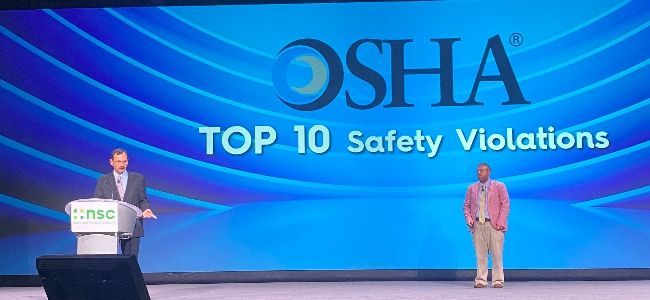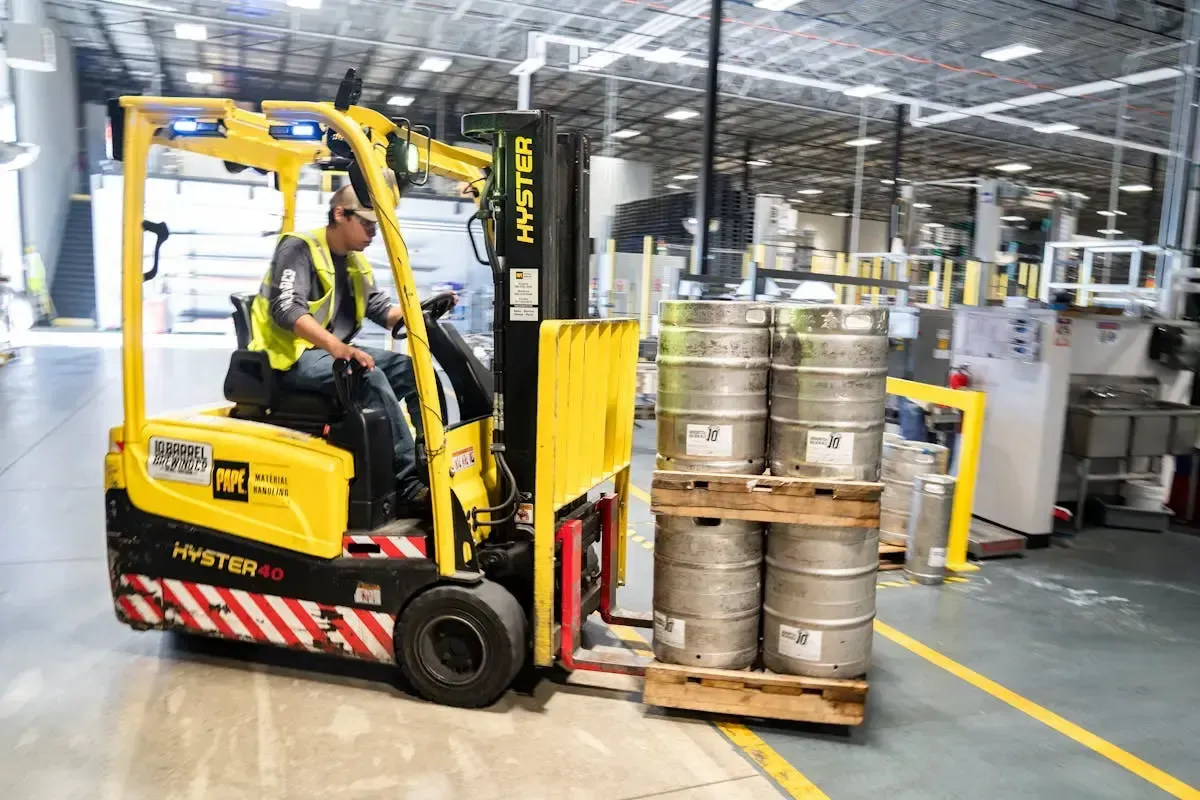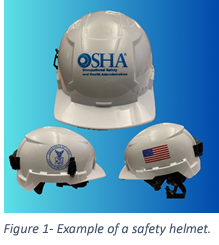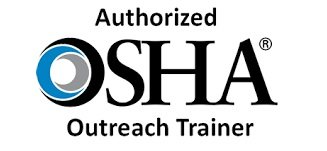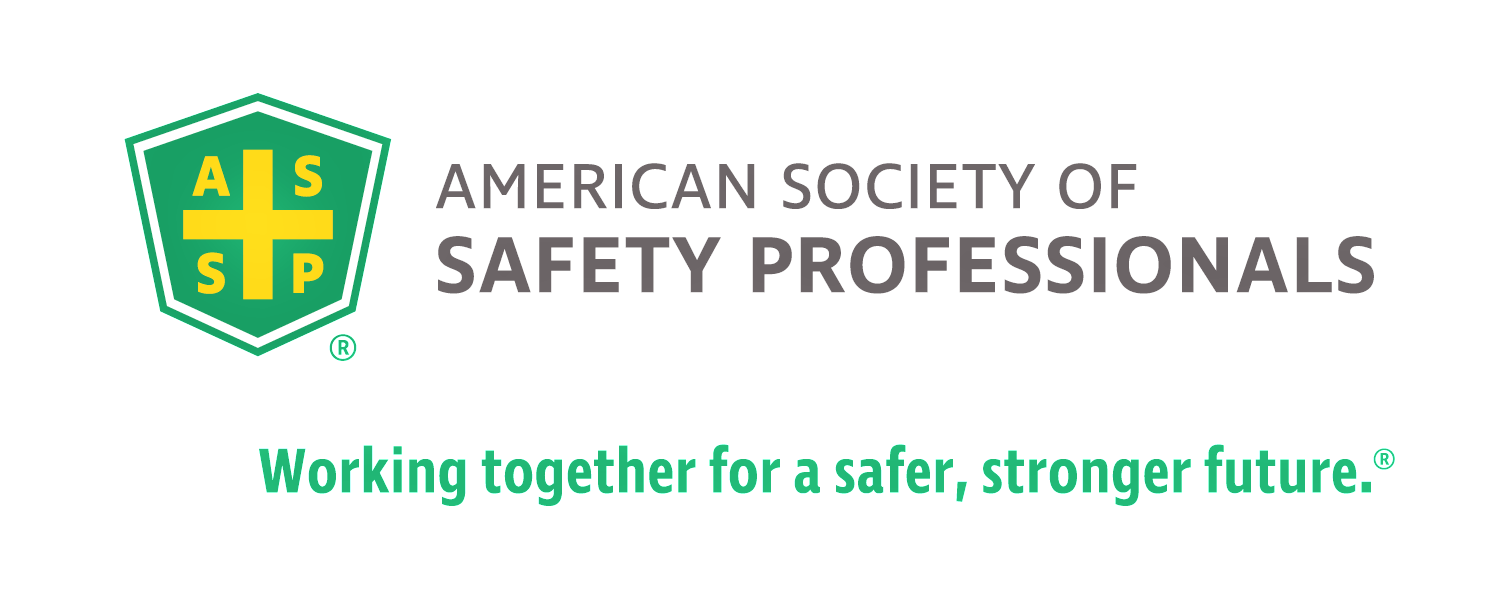Essential Tips for Preparing for a Compliance Audit
Understanding Compliance Audits: What You Need to Know
Compliance audits might sound daunting, yet they're simpler than they seem. Picture them as your business's thorough health check. Auditors step in to confirm everything aligns with the rules - the specific laws and regulations for your field. In Holly Springs, or anywhere really, these rules help ensure that businesses operate both fairly and safely. Audits vary, but they typically follow a common thread. They scrutinize your records, processes, and habits. It's more than just checking off requirements; it's about ensuring you're acting ethically, not just legally. Think of an audit as your guide to keeping everything shipshape, pointing out where you're doing well and where you might need to adjust your course. Seeing audits in this light transforms them from obstacles to valuable milestones for your business's wellbeing and ethical standing.
Identifying the Types of Compliance Audits
Understanding the different types of compliance audits is key to preparing effectively. First, you have internal audits. These are checks done by your company's own team to ensure you meet set standards and policies. They’re like a practice run before the real thing. Then, there are external audits. External audits are conducted by outside organizations. These could be government bodies or certifying agencies checking if you comply with laws and industry standards. Also important is the distinction between financial audits, focusing on financial records and transactions, and operational audits, which assess operational efficiency and effectiveness. Knowing which audit you're gearing up for helps tailor your preparation and ensure you're covering all necessary bases.
Preparing Your Team: Steps to Take Before the Audit
Getting your team ready is key to a smooth compliance audit. It reduces stress and boosts confidence across the board. Start with a clear explanation of what an audit is and what it aims to achieve. This demystifies the process and shows that it's less about catching mistakes and more about improving practices. Next, set clear roles and responsibilities. Everyone should know what's expected of them before, during, and after the audit. This keeps things organized and prevents last-minute scrambles. Then, conduct a self-assessment. Before the auditors arrive, review your systems and processes internally. This can help spot and fix any issues beforehand. Also, gather all necessary documents in advance. This includes policies, procedures, financial records, and any other documents the auditors might need. Having these ready makes the audit process smoother. Lastly, hold a pre-audit meeting. Use this time to answer any questions, address concerns, and review the plan. This ensures everyone is on the same page and ready to go. Remember, preparation is the key to a successful audit.
Essential Documentation You Will Need for a Compliance Audit
Getting ready for a compliance audit means having all your ducks in a row. Essential documents are at the heart of this prep work. You'll need your business's financial records, of course. This includes past tax returns, bank statements, receipts, and any other proof of your income and expenses. Don't forget about employee records too. You'll need information on salaries, benefits, and any contracts you have. Policies and procedures documents are also key. These show your internal rules and how you adhere to regulations. Lastly, make sure you've got any previous audit reports handy. These give auditors a snapshot of your past compliance stance. So, gather these documents early. It's the backbone of sailing through a compliance audit.
Creating an Effective Compliance Checklist
To tackle a compliance audit in Holly Springs head-on, you need a good game plan. An effective compliance checklist is not just helpful; it's a necessity. This list is your roadmap to ensure you cover all bases. First things first, understand the laws and regulations you're subject to. Laws can change, and being up-to-date is non-negotiable. Next up, review your existing policies and procedures. Do they align with the current laws? If not, it's time for an update. Make sure your employee training is thorough. Everyone should know the do's and don'ts like the back of their hand. Don't overlook your data protection measures – this is often a hot spot for auditors. Lastly, document everything. When in doubt, write it out. Keeping detailed records proves you're not just talking the talk, but walking the walk. Remember, an audit is not about finding faults but ensuring you're on the right path. A solid checklist is your first step toward acing that compliance audit.
Common Compliance Issues
Many businesses stumble over a handful of common issues when facing a compliance audit. Firstly, incomplete or incorrect documentation tops the list. Companies often underestimate the importance of keeping detailed records. Everything from financial transactions to employee training records needs to be up to snuff. Secondly, not understanding the specific regulations they're under is a big misstep. Each industry has its set of rules. Whether it's healthcare, finance, or retail, knowing and following those guidelines is key. Another frequent hurdle is ignoring internal controls or having weak ones. These are systems put in place to ensure all business processes are running correctly and are compliant. This includes things like regular checks on financial reporting or ensuring employee access to sensitive information is strictly controlled. Lastly, not staying updated with the latest regulations can catch businesses off-guard. Laws and standards evolve, and what was compliant one year may not be the next. Staying informed and ready to adapt is crucial.
How to Conduct a Preliminary Self-Audit
Before diving into the nitty-gritty of a compliance audit, gear up with a preliminary self-audit. Think of it as your pre-game warm-up. It's simple: you take a good, hard look at your business practices before the official auditors knock on your door. Here's the game plan: first, gather all relevant documents. These include policies, procedures, and previous audit reports. Second, check your compliance with local regulations. This means making sure all your T's are crossed and I's are dotted according to the local law books. Third, talk to your team. They're on the front lines and might have valuable insights into areas where compliance might be slipping through the cracks. Remember, a preliminary self-audit isn't about finding fault; it's about fortifying your defenses. So, strap in, sharpen your pencils, and get ready to dive deep into your own operations. This step ensures you're not just compliant but also primed for whatever the official audit throws your way.
Addressing and Resolving Potential Compliance Issues
Before the auditor knocks on your door, take a proactive stance. Review your current procedures, policies, and documentation. Identify any spots where you're not up to scratch and fix them. It’s not just about ticking boxes; it’s about ensuring your operations are as smooth and compliant as possible. Start by checking the basics—are your licenses up to date? Are your policies documented and accessible? Then, dive deeper. Look at the nitty-gritty of your daily operations. Maybe you're not documenting certain processes correctly, or perhaps there's a gap in your training. Address these issues head-on. Fix what’s broken, improve what’s inefficient, and document every step of the way. This isn’t just about passing an audit; it's about improving your business’s foundation. So, roll up your sleeves, dig into the details, and make those improvements. Your future self will thank you when the auditor gives you the green light with fewer headaches.
Tips for a Smooth Compliance Audit Experience
To nail a compliance audit without breaking a sweat, start by knowing what auditors seek. It's all about showing that your business follows the rules. First off, gather your documents. This includes policies, procedures, and records of compliance activities. An auditor will want to see these. Keep them organized and easy to fetch.
Next, understand the standards you’re measured against. Each industry has its own set of rules. If you're in healthcare, you might deal with HIPAA, while a financial institution may focus on SOX compliance. Knowing these standards inside out will not only impress auditors but also ensure you're playing by the book.
Communication is key. Before the auditor arrives, talk to your team. Make sure everyone knows their role and what might be asked of them. This prep work can prevent any deer-in-headlights moments during the audit.
Lastly, be honest. If you stumble upon an issue while preparing, don't shove it under the rug. Auditors are like detectives; they'll find out. It’s better to acknowledge the problem and show your plan to fix it. This goes a long way in building trust and possibly leniency from the auditor.
Follow these guidelines, and you'll turn a potentially stressful audit into just another day at the office.
Post-Audit Best Practices: Maintaining Compliance Year-Round
After the audit wraps up, you might think it’s time to take a break. But here's the kicker - staying compliant is an ongoing process. To keep your business in the clear and ready for any surprise audits, adopt these post-audit best practices.
First, don’t just file the audit report away. Review it with your team. Identify the gaps and areas that need improvement. Make these discussions regular, maybe even monthly, to ensure nothing slips through the cracks.
Next, create an action plan. What specific steps will you take to address the issues found during the audit? Assign responsibilities and set deadlines. This makes sure everyone knows what they need to do and by when.
Keep your documents organized. Sounds simple, but it’s a game-changer. Having all your compliance documents in order and easily accessible can save you a ton of stress. Consider digital options for better organization and quick access.
Stay updated on regulations. They can change, and you need to change with them. Subscribe to relevant newsletters, join industry groups, or regularly check government websites.
Finally, train your employees regularly. They should be as familiar with the compliance requirements as you are. After all, compliance is a team sport.
Remember, maintaining compliance isn’t just about avoiding fines or passing the next audit. It’s about operational excellence and building trust with customers. So, keep at it, and you’ll turn compliance into one of your business's strengths.
